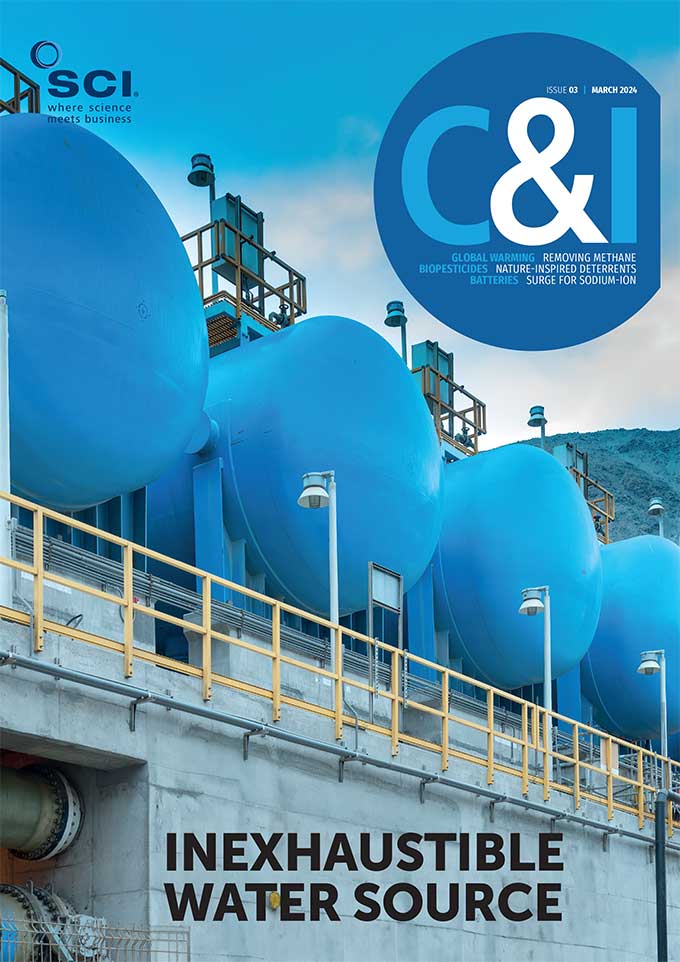BY MARIA BURKE | 15 MARCH 2024
A new satellite has been launched to improve methane detection and reduction.
In March 2024, a new satellite will start collecting data from methane emissions. These data, combined with Google’s AI and infrastructure mapping, will allow researchers to measure emissions on a regional scale and pinpoint leaks to a single facility.
The launch comes as governments are cracking down on methane leaks, and oil and gas companies such as ExxonMobil and Saudi Aramco have pledged to reduce leaks to near zero by 2030.
Methane is an extremely potent greenhouse gas (see p18). While some emissions are natural (from wetlands, for example), human activities generate roughly three-fifths of the total methane budget, says Euan Nisbet, an earth scientist at Royal Holloway College, UK. Sources include fossil fuel industries, ruminant agriculture, rice growing, crop-waste fires and landfills.
‘Since 2006, and especially in the past few years, the amount of methane in the air has been growing rapidly, and this rapid growth in emissions is one of the major reasons why it now looks unlikely we will meet the Paris Agreement targets for limiting global warming,’ he says. ‘Tracking sources of methane is essential if it is to be controlled.’
Developed by the Environmental Defense Fund, a US NGO, MethaneSAT will orbit Earth 15 times a day at an altitude of over 350 miles, measuring methane levels in the main oil and gas regions of the world. It can monitor both high-emitting methane sources (>500kg/hour) and small sources spread over a wide area. To calculate the amount of methane emitted in specific places and track them over time, the EDF has developed algorithms powered by Google Cloud in collaboration with scientists at Harvard University and the Smithsonian Astrophysical Observatory.
In addition to detecting emissions, the plan is to create a global map of oil and gas infrastructure. In the same way that Google uses AI to detect road names on Google Maps, it will use AI to identify infrastructure like oil storage containers. These images will be combined with the EDF’s emissions map. When the two maps are lined up, users will be able see how emissions correspond to specific infrastructure and obtain a far better understanding of the types of sources that contribute most to methane leaks. The cloud-based data platform will be free to access, allowing anyone to compare emissions results by company, country or production area.
Paul Palmer, science director of the National Centre for Earth Observation at the University of Edinburgh, is excited about the launch. ‘It provides a new capability to observe atmospheric methane at an intermediate spatial scale that is currently not addressed by other satellites. Collecting accurate and precise atmospheric data is a massive challenge but one of many MethaneSAT has to face. Finding and characterising methane plumes is difficult — like finding a needle in a haystack of data — but there have been massive strides in our ability to address that challenge using AI. Partnering with Google no doubt will lead to some elegant solutions.’
‘MethaneSAT will help focus attention on big point source locations,’ says Nisbet. It will spot both short-term emissions like big gas-field leaks, and longer-term sources like large landfills. ‘Once we know where the big emissions originate, then efforts can be targeted to cut emissions. We are still a long way from detailed satellite monitoring of the myriad small methane sources all over the planet, but this is a good step forward.’
There are several satellites already monitoring methane. ‘The European Space Agency’s TROPOMI is superb at sweeping the continents looking for large sources,’ says Nesbit. ‘Where MethaneSAT, and also an Italian Satellite called PRISMA, are important is that once large methane sources have been identified by TROPOMI or workers on the ground, MethaneSAT or PRISMA can look in more detail each time they pass over. For big, unexpected gas leaks, for example a blow-out in a gas-field, MethaneSAT will quickly be able to watch the event and help quantify methane emissions.’





